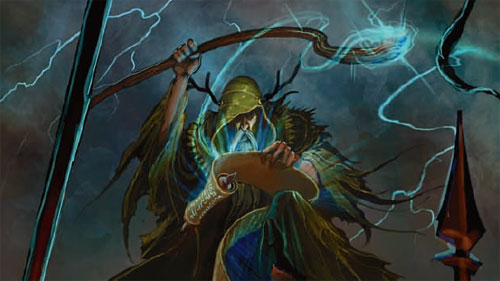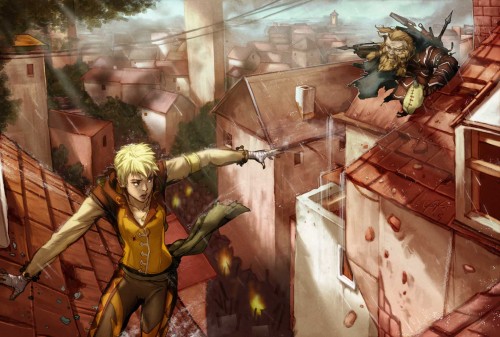Previously I whipped up a demonstration that the “classic D&D party” (Cleric-Fighter-Rogue-Wizard) can cover the skill spread quite easily. With the Player’s Handbook 2 out today, it is now possible to make a couple of power-source-themed adventuring parties, with all four party roles covered but without having to mix your peanut butter and your chocolate. There’s no reason to avoid such delicious flavor combinations, but sometimes you just want chocolate, right?
What we find, pretty quickly, is that there is a lot of overlap in each power-source group. The Arcanists all have Arcana, History, and Insight. The Divine classes all have Religion. The Primal classes all have Athletics, Heal, Nature, and Perception. Some of this overlap is reinforced by requiring characters to train spefici skills as part of character creation (Arcana, Religion, and Nature being the big culprits for obvious reasons).
With the exception of the Bard (which has every skill available save Endurance, Stealth, and Thievery), each of these groupings have big gaping holes in skill availability. If you want to have a broadly-skilled Divine adventuring party, you will probably have to sink a fair number of feats into skill training, or resort to creating a gang of Eladrin.
Moral of the story: mix up your power sources. Most DMs and players have been stitching together traveling-circus hodgepodges of adventuring parties for years, of course.


